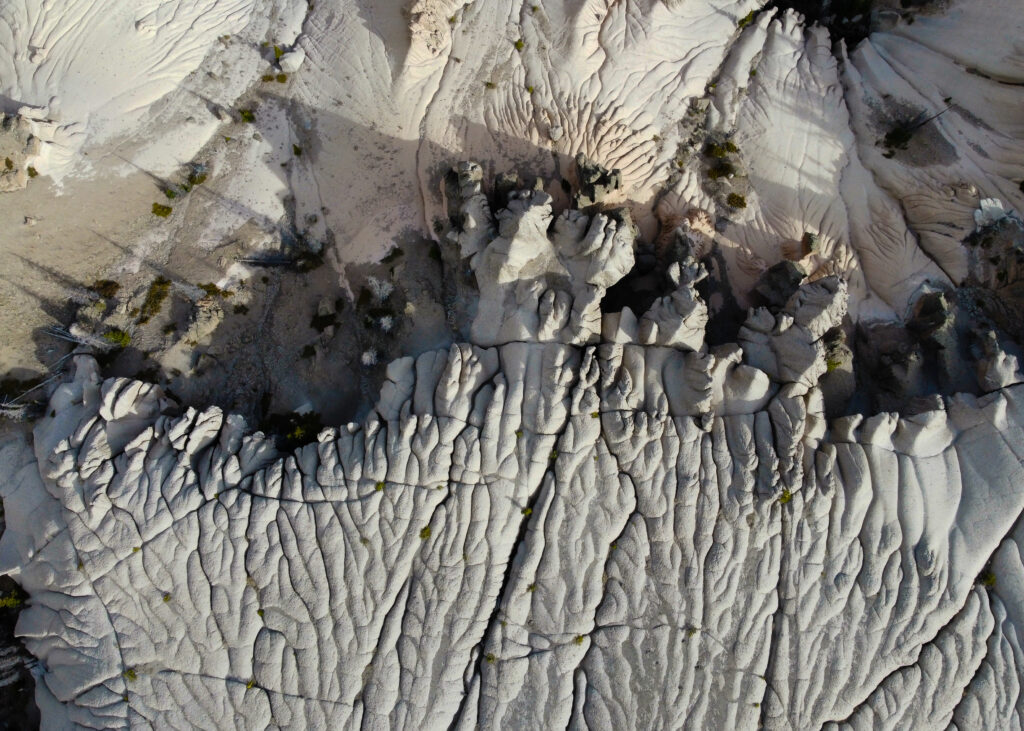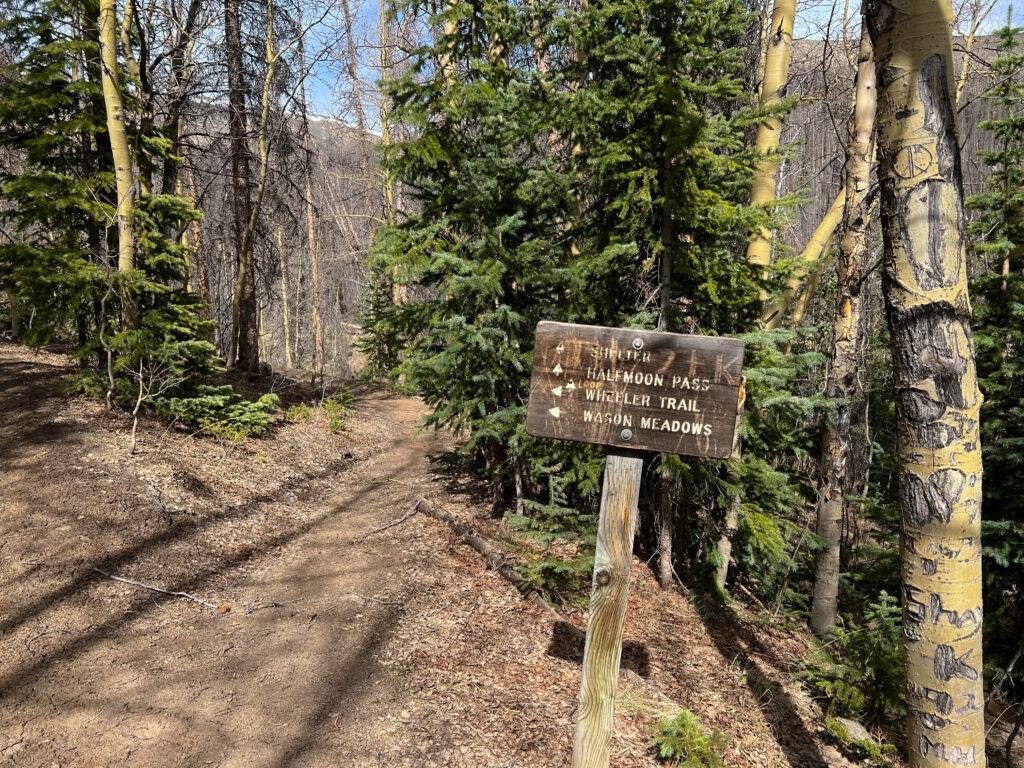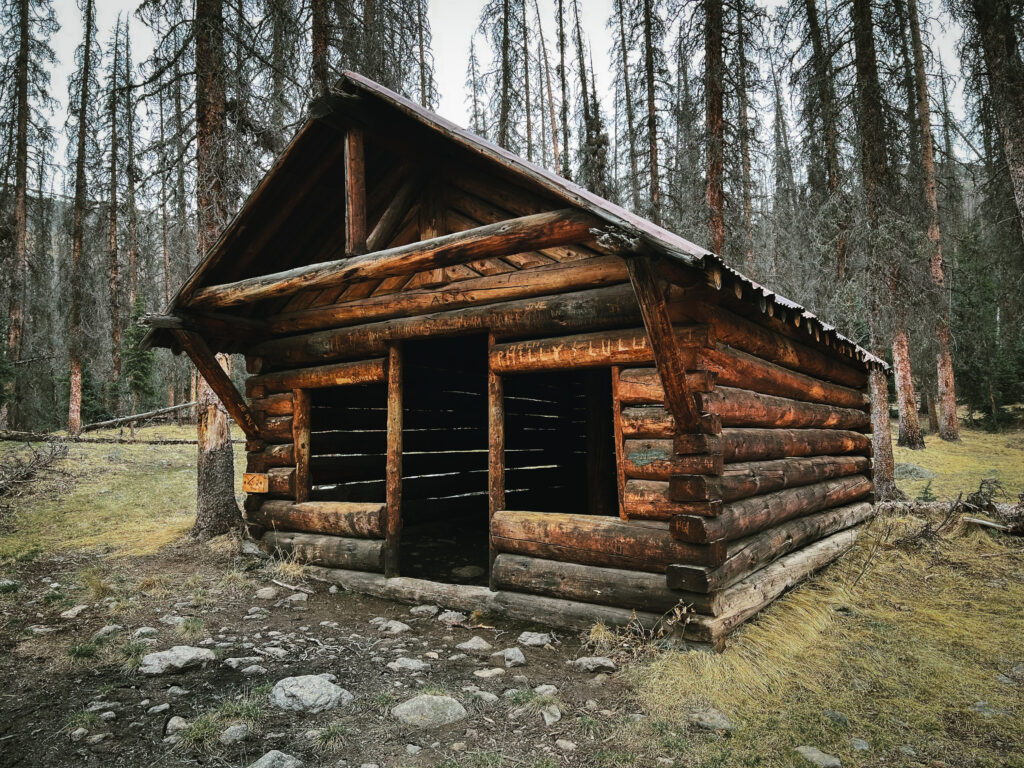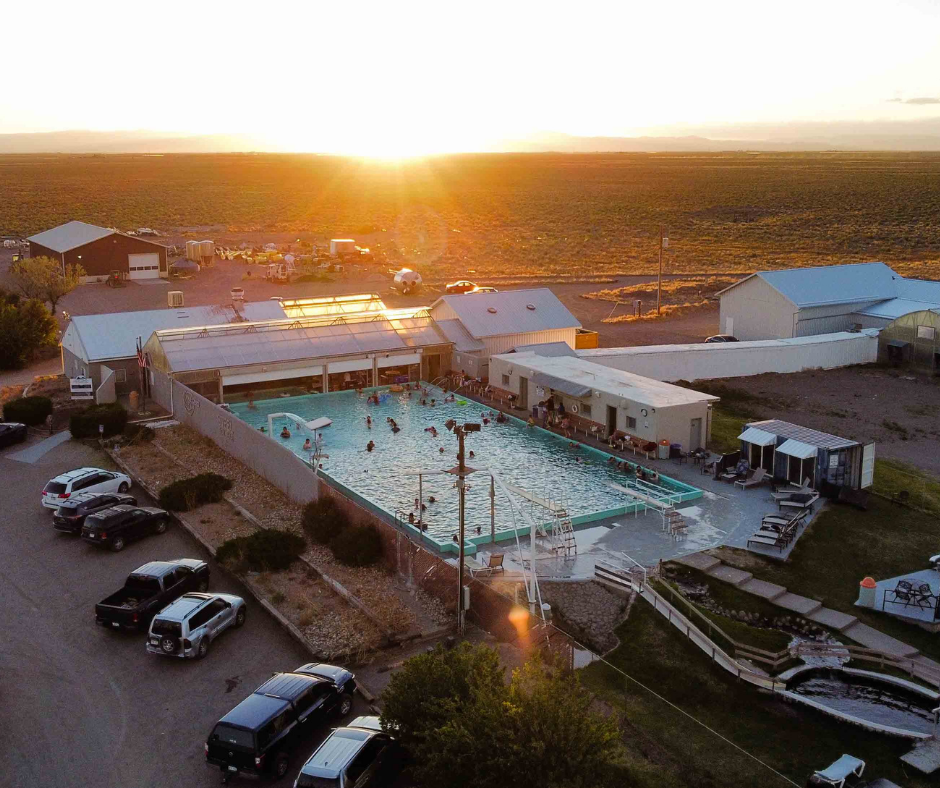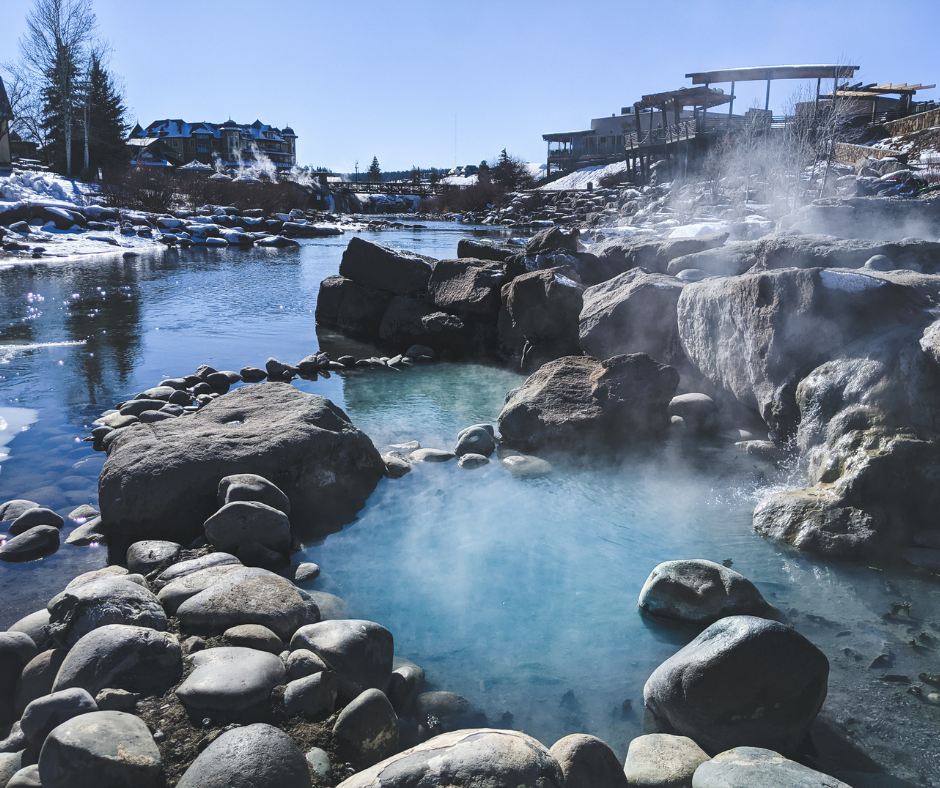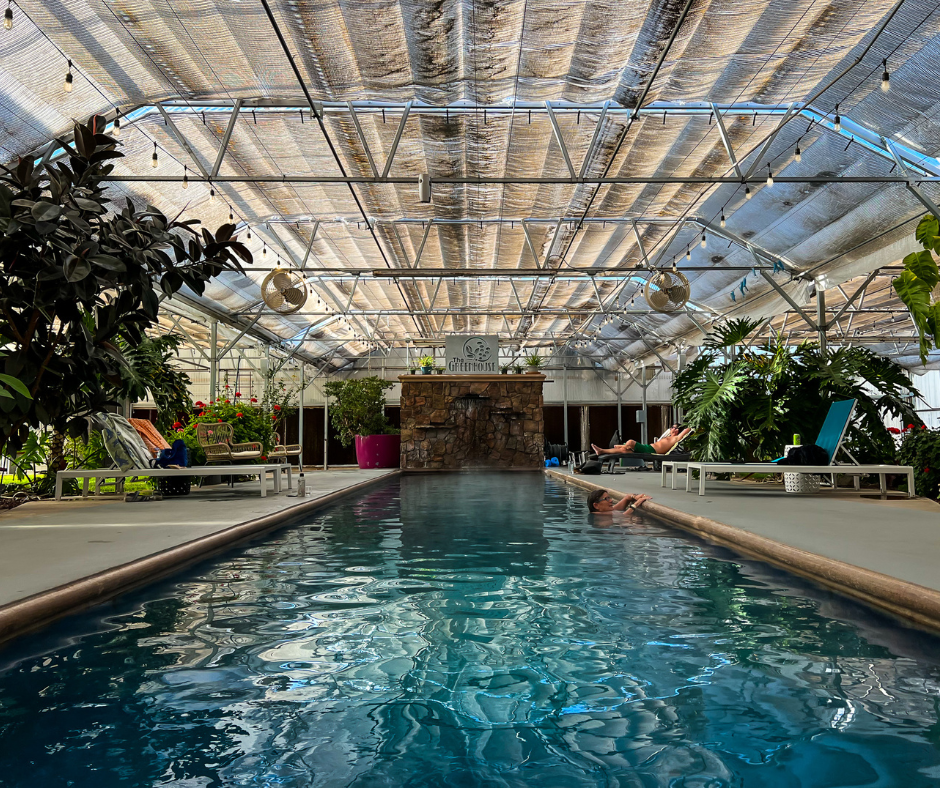Wheeler Geologic Area: A Hidden Gem in Creede, Colorado
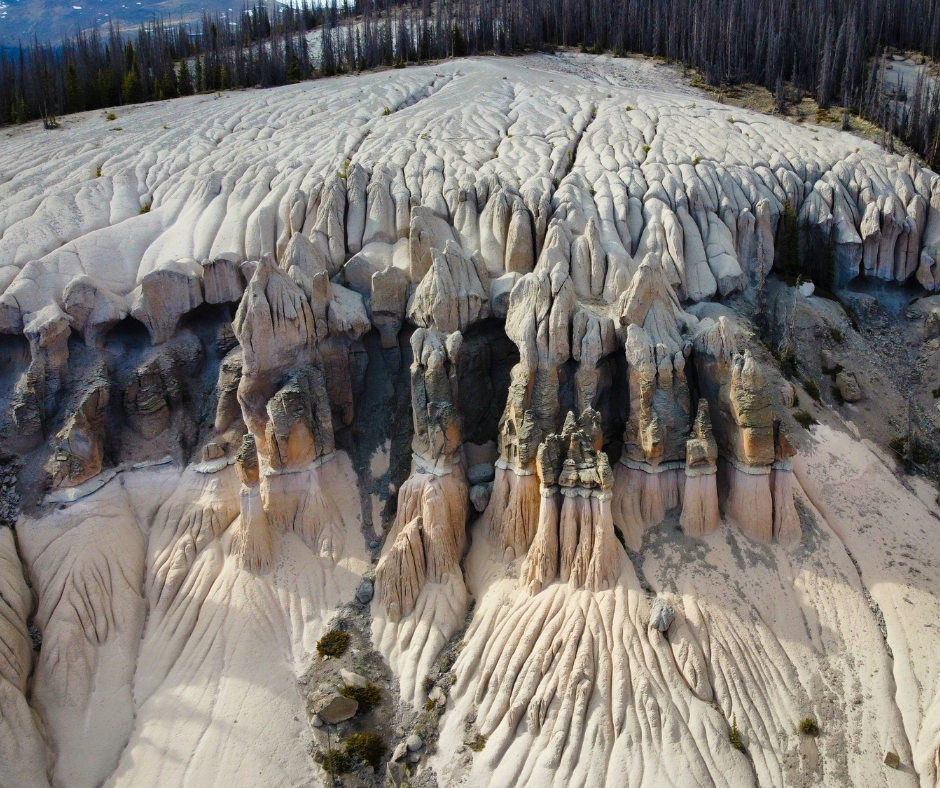
Table of Contents
ToggleWheeler Geologic Area
The Wheeler Geologic Area is a unique and fascinating natural landmark. This sixty-acre area consists of a volcanic rock formation that is located within the La Garita Wilderness in the San Juan Mountains of southern Colorado.
The Wheeler Geologic Area is known for its unique geological features, with the landscape being unlike anything else in the state, with its remarkable geologic formation of moderately coarse volcanic tuff eroded into many different shapes.
In addition to its geological significance, the Wheeler Geologic Area is also an important historical site. The area was once home to a thriving mining community, and many of the old buildings and ruins can still be seen today. The Wheeler Geologic Area is an incredible natural wonder that should not be missed.
Map of Wheeler Geologic Area
What is Wheeler Geologic Area
Nestled deep in the Rio Grande National Forest is Wheeler Geologic Area, a strange and otherworldly and somewhat eerie landscape known as “The City of Gnomes,” “White Shrouded Ghosts,” and “Dante’s Lost Souls.” This unique landscape is characterized by hoodoos, which are tall, thin rock formations that have been sculpted by wind and water over millions of years. Today, the area is protected as a Geologic Area, and visitors can hike through the forest to see the hoodoos up close. While the area may seem foreboding at first glance, it is actually a beautiful and peaceful place, with stunning views of the surrounding mountains.
Visitors to the Wheeler Geologic Area can see the dramatic effects of volcanic eruptions up close. The area is situated within the La Garita Caldera, which was formed 28 million years ago by one of the largest known volcanic eruptions in history. Today, the caldera is a geological remnant of that event, and Wheeler sits deep within it. The area consists of three distinct layers, each of which represents a different stage in the volcanic timeline.
This recurrent volcanic activity in the Sangre de Cristo mountains in southwestern Colorado has had a number of important consequences for the region. Most notably, it has mineralized the land, leaving behind deposits of precious metals and minerals. This has served as the foundation for nearby mining towns such as Creede.
History of Wheeler Geologic Area
The Wheeler Geologic Area is located in the San Juan Mountains of Colorado and is a site of historical significance that has inspired presidential interventions and tested public land management policies.
Wheeler was named after Captain George Wheeler, a topographical engineer who explored and surveyed the area extensively for the United States Geological Survey in 1874. Although it is not certain that he ever actually saw the area bearing his name, his work was instrumental in mapping the region.
It was declared Colorado’s first national monument by President Theodore Roosevelt in 1908. Following its designation, the monument became a popular tourist attraction. It was reportedly the second most visited place in our state, after Pikes Peak and was called the “Bryce Canyon of Colorado.” In 1933, jurisdiction was transferred from the Forest Service to the National Park Service, when it was included in an expansion of the La Garita Wilderness. However, because of its remote location and lack of funds, there was no further development of Wheeler National Monument.
In 1950, the Wheeler national monument designation was removed, because of the difficulty reaching the site and the area once again came under the management of the Forest Service.
In 1993, the area was given full wilderness protection under the Wilderness Act. This designation ensures that the Wheeler Geologic Area will remain untouched by development or other human activity.
How to Get to Wheeler Geologic Area
Although it is a bit of a trek to get there, the extraordinary views of the volcanic rock formation are well worth the effort.
South Fork is the starting point for the journey to Wheeler Geologic Area. To get to Wheeler from South Fork, take Forest Service Road 600 also known as Pool Table Road, a gravel road suitable for passenger vehicles, for about 10 miles to the Hanson’s Mill camping area.
Once at Hanson’s Mill, the sixty-acre site is accessible by either hiking trail or a 28-mile round trip four-wheel drive road. Both options are challenging, but the payoff is incredible. If you’re looking for an adventure off the beaten path, Wheeler Geologic Area is definitely worth a visit.
Hiking to Wheeler Geologic Area
Wheeler Geologic Area is a stunning natural wonder in Colorado that is definitely worth the day hike to see. There are two main hiking trails that take you to Wheeler Geologic Area, and neither of them are easy treks. However, the views that you will experience on the way, and at the destination, are more than worth the effort.
East Bellows Trail: is a scenic 9-mile long trail that offers breathtaking views of the rocky mountains. The trail rises to a high point of 12,700 feet above sea level, making it an ideal destination for adventure seekers and nature lovers alike.
Hikers and horses are welcome on the entire length of the trail, with mountain biking limited to the section before it crosses Bellows Creek.
The East Bellows Trail is a challenging hike that should only be attempted by experienced hikers in good physical condition. However, those who make the effort will be rewarded with an unforgettable experience.
Wason-Park Inspiration Point Trail: For those who love a challenge, the Wason-Park Inspiration Point Trail is a rigorous 12.5-mile hike that offers stunning views of the area.
Starting in the town of Creede, the first three-and-a-half miles of the hike, referred to as “Perspiration Trail” by locals, is a steep and unrelenting climb up a series of switchbacks.
However, those who make it to the top are rewarded with stunning views of the nearby valley and mountain ranges.
Getting to Wheeler by 4x4
For those who love a challenge, the OHV 4×4 drive to Wheeler offers 14 miles of rugged adventure.
The road is extremely rough, full of deep ruts and rocks, and narrow ravines make it difficult to pass. There are also many washouts that can be nearly impassable. The last mile is particularly challenging, with deep ruts and narrow spaces between trees.
This is definitely a rough road not for the faint of heart. You’ll need a high-clearance 4WD vehicle, ATV or dirtbike to navigate the rough terrain.
When the road is wet, it can be so slick that even 4-wheel drive does not provide much control. The road is not recommended for travel during monsoonal storms.
But for those who are up for the challenge, the jeep road promises an unforgettable off-road experience to this remote area.
Exploring Wheeler Geologic Area
Once you reach the trailhead for Wheeler area, in order to explore the 63 acre geologic area, visitors must hike either a mile to get to the closest rock formations, or the complete the 2½-mile walking loop.
As you walk down the well-defined foot trail, you’ll reach the fork in the trail. If you take the path to the left, you’ll come to an overlook that will provide you with a panoramic view of the entire area. However, if you head straight ahead, you’ll be able to get up close and personal with the formations at the base of the scenic area and explore a small shelter that was built around 1915.
Wheeler Geologic Area Camping
Camping is available at Hanson’s Mill with one bathroom. You can also find primitive camping sites along the trail. However, it’s important to note that camping is not allowed within the area of the geologic formations. This is to protect the formations from damage. Campfires are also not allowed near the formations.
Know Before you Go
The high elevation of Wheeler Geologic Area can make for a challenging journey. The area is located at an elevation of 12,600 feet, and visitors should be prepared for sudden changes in weather, as well as strong winds and exposed areas. In addition, it is important to bring plenty of food and water, as there are no services available at Wheeler.
To help protect the environment, practice the Leave No Trace principles when spending time in nature. This means packing out all trash, being mindful of your campfire, and respecting wildlife. Be prepared to bury or pack out your waste since there are no bathroom facilities available past Hansons Mill. By following these simple guidelines, we can all do our part to protect this fragile area for future generations.
The breathtaking views and unique geological features are well worth the effort, and visitors who are prepared for the challenges will be rewarded with an unforgettable experience. We hope this guide has helped to prepare to explore the Wheeler Geologic Area!





